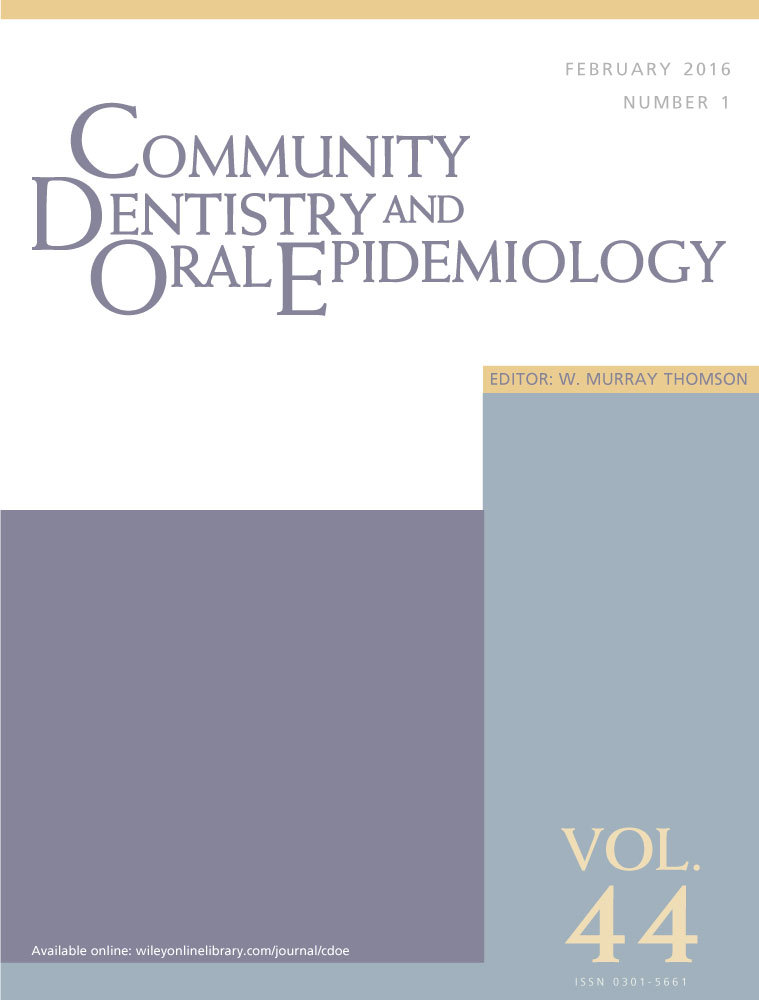Lesion Evaluation, Screening and Identification of Oral Neoplasia Study: an assessment of high-risk Australian populations
Abstract
Objectives
Population-based screening programmes which promote early detection are effective in reducing the burden of disease associated with chronic illness. The efficacy of screening for oral cancer and its preceding lesions appears promising in high-risk groups. The objective of this study is to report on the recruitment experiences and outcomes of the ‘Lesion Evaluation, Screening and Identification of Oral Neoplasia Study’ programme, a multicentre oral mucosal screening programme developed in South East Queensland, Australia.
Methods
Ten screening sites were established within public and private dental clinics, indigenous health clinics and a community pharmacy. Risk assessment was undertaken through a semi-structured interview and self-directed questionnaires. Oral mucosal examination was completed by one of 11 trained and calibrated dentists or oral health therapists, under conventional operatory parameters.
Results
The study ran for 24 months from April 2012 to April 2014. A total of 1498 participants consented to oral mucosal screening, with complete data available for 1252 (83.6%). Almost half (n = 561; 44.8%) were from an area of high disadvantage, and 59.9% reported annual household incomes below $40K (n = 750). Participants from backgrounds experiencing the highest level of disadvantage were more likely to have a history of tobacco use (P = 0.04). Those participants with low income had significantly higher prevalence ratios (PRs) of having suspicious oral mucosal lesions (PR: 3.13 and 5.85, respectively) than the most advantageous. Examiners reported difficulties in recruitment, which stemmed mainly from patient refusal due to time constraints, disinterest or embarrassment relating to their oral condition. Clinician outreach also proved inefficient in participant recruitment.
Conclusions
Population-based screening for oral cancer in the Australian context was effective in identifying people at risk of developing oral lesions, but participant recruitment appears to be a significant barrier to implementation. Further strategies are required to improve the success of such a programme, as we advocate for screening in high-risk populations.




